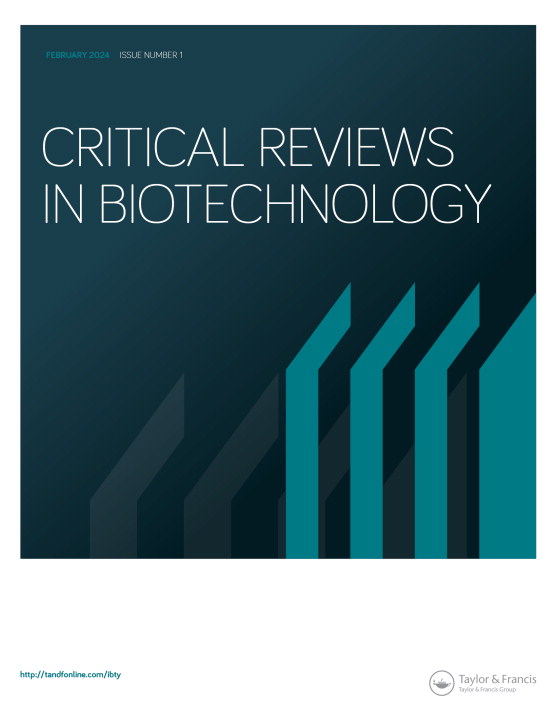Advances in metabolic engineering for enhanced acetyl-CoA availability in yeast.
IF 8.1
2区 工程技术
Q1 BIOTECHNOLOGY & APPLIED MICROBIOLOGY
引用次数: 0
Abstract
Acetyl-CoA is an intermediate metabolite in cellular central metabolism. It's a precursor for various valuable commercial products, including: terpenoids, fatty acids, and polyketides. With the advancement of metabolic and synthetic biology tools, microbial cell factories have been constructed for the efficient synthesis of acetyl-CoA and derivatives, with the Saccharomyces cerevisiae and Yarrowia lipolytica as two prominent chassis. This review summarized the recent developments in the biosynthetic pathways and metabolic engineering approaches for acetyl-CoA and its derivatives synthesis in these two yeasts. First, the metabolic routes involved in the biosynthesis of acetyl-CoA and derived products were outlined. Then, the advancements in metabolic engineering strategies for channeling acetyl-CoA toward the desired products were summarized, with particular emphasis on: enhancing metabolic flux in different organelles, refining precursor CoA synthesis, optimizing substrate utilization, and modifying protein acetylation level. Finally, future developments in advancing the metabolic engineering strategies for acetyl-CoA and related derivatives synthesis, including: reducing CO2 emissions, dynamically regulating metabolic pathways, and exploring the regulatory functions between acetyl-CoA levels and protein acetylation, are highlighted. This review provided new insights into regulating acetyl-CoA synthesis to create more effective microbial cell factories for bio-manufacturing.提高酵母乙酰-CoA 利用率的代谢工程研究进展。
乙酰-CoA 是细胞中心代谢的中间代谢产物。它是各种有价值的商业产品的前体,包括:萜类化合物、脂肪酸和多酮类化合物。随着代谢和合成生物学工具的进步,人们已经构建了高效合成乙酰-CoA 及其衍生物的微生物细胞工厂,其中酿酒酵母和脂肪分解亚罗菌是两个突出的底盘。本综述总结了这两种酵母合成乙酰-CoA 及其衍生物的生物合成途径和代谢工程方法的最新进展。首先,概述了乙酰-CoA 及其衍生物的生物合成代谢途径。然后,总结了将乙酰-CoA 引向所需产物的代谢工程策略的进展,重点是:提高不同细胞器中的代谢通量、完善前体 CoA 合成、优化底物利用以及改变蛋白质乙酰化水平。最后,重点介绍了推进乙酰-CoA 及相关衍生物合成代谢工程策略的未来发展,包括:减少二氧化碳排放、动态调节代谢途径以及探索乙酰-CoA 水平与蛋白质乙酰化之间的调节功能。这篇综述为调控乙酰-CoA 合成以创建更有效的生物制造微生物细胞工厂提供了新的见解。
本文章由计算机程序翻译,如有差异,请以英文原文为准。
求助全文
约1分钟内获得全文
求助全文
来源期刊

Critical Reviews in Biotechnology
工程技术-生物工程与应用微生物
CiteScore
20.80
自引率
1.10%
发文量
71
审稿时长
4.8 months
期刊介绍:
Biotechnological techniques, from fermentation to genetic manipulation, have become increasingly relevant to the food and beverage, fuel production, chemical and pharmaceutical, and waste management industries. Consequently, academic as well as industrial institutions need to keep abreast of the concepts, data, and methodologies evolved by continuing research. This journal provides a forum of critical evaluation of recent and current publications and, periodically, for state-of-the-art reports from various geographic areas around the world. Contributing authors are recognized experts in their fields, and each article is reviewed by an objective expert to ensure accuracy and objectivity of the presentation.
 求助内容:
求助内容: 应助结果提醒方式:
应助结果提醒方式:


